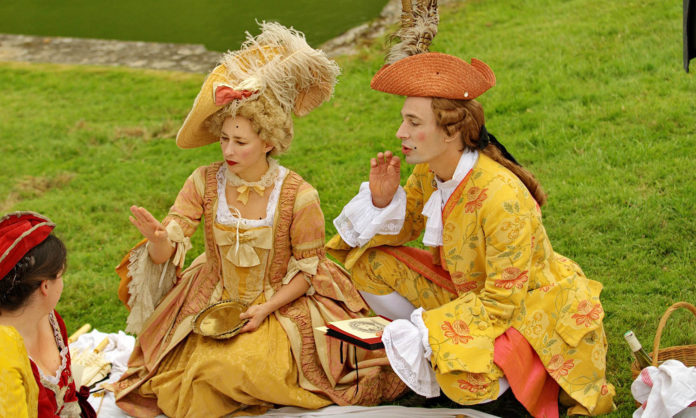
In part 1 of a 3-part series, M.K. Tod offers advice for portraying women in historical fiction so that the characters are relatable to modern readers.
Tod emphasizes the importance of portraying women who behave in accordance with the era in which they belong, even if they push the boundaries. That means you need to research the norms, attitudes, beliefs, and expectations of those times, as well as their station in life.
“An 18th century seamstress with reflect different norms and attitudes from those of a Roman slave; she will also differ from an aristocrat living in the 18th century,” Tod says.
So how do you start? Among the many topics you should research, Tod suggests:
- Social customs, arrangements, and attitudes
- Expectations of the time for different stations in life
- Cultural, religious, political, scientific and philosophical beliefs
- Manners, mannerisms, and morality
- Class divisions and the potential for upward mobility
- Marriage customs
- Fears of the time
- Family responsibilities and obligations
- Education and literacy
The trick is to give your character relatable challenges that still fit within their times. While the reader may not relate to an arranged marriage or lack of educational opportunities, they can understand family obligations, wanting to improve one’s station in life, or a desire for financial stability.











